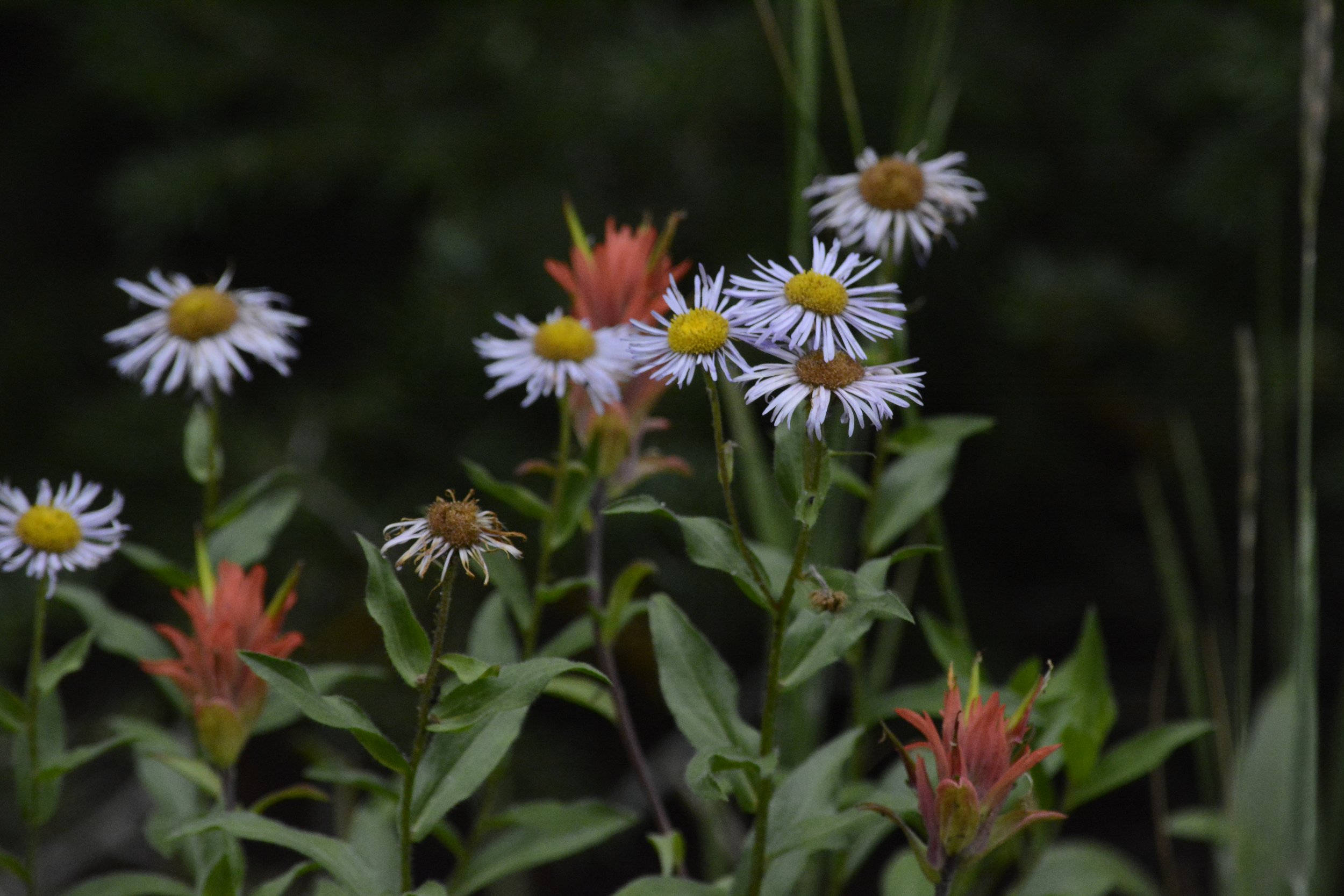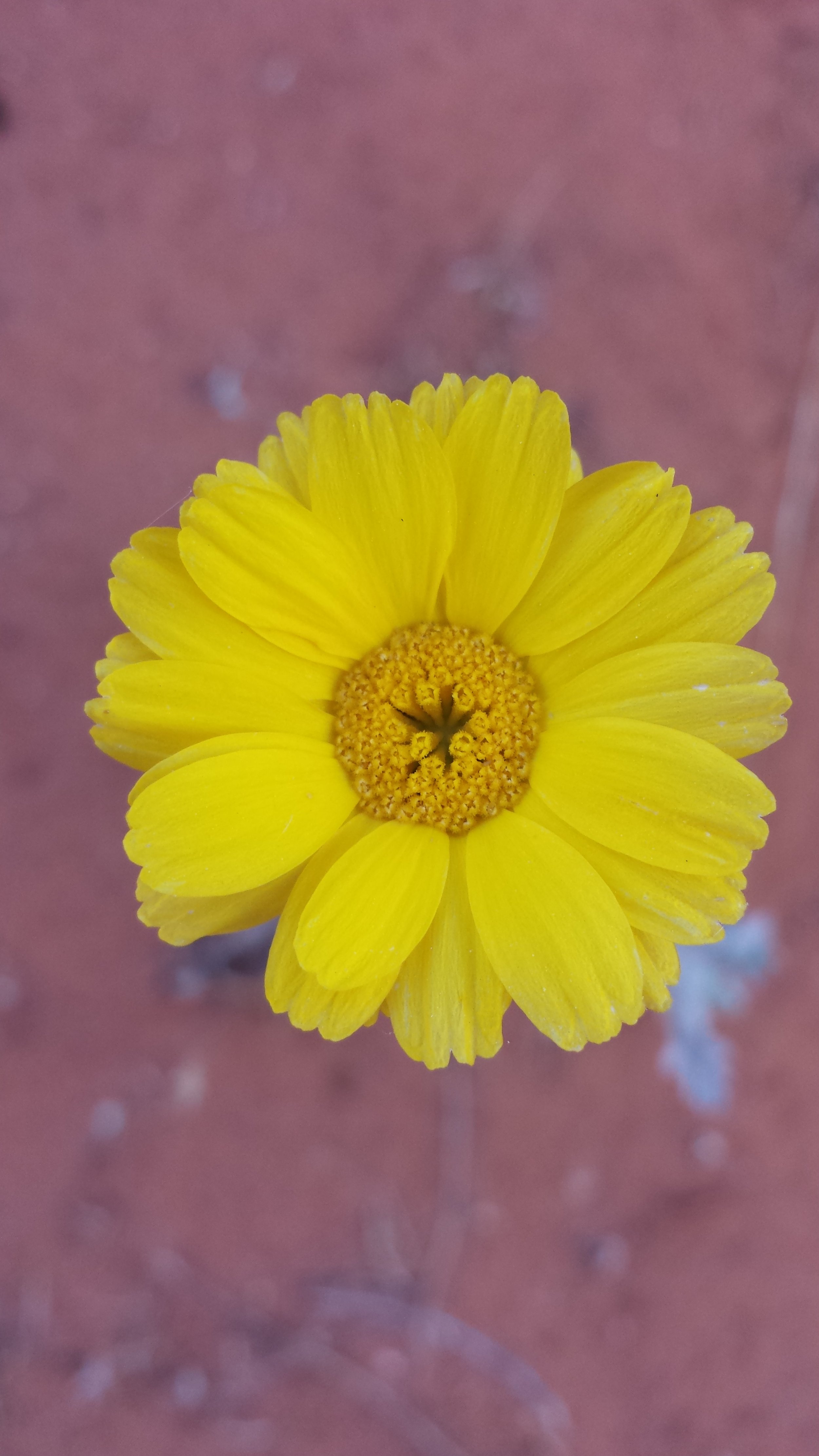Aster to Zinnia
Coreopsis Flowers
Some call them Darn Yellow Composites (or something a little stronger) and they belong to a group of flowering plants that includes daisies, sunflowers, cosmos, dahlias, asters, coneflowers, dandelions, tagetes, Spanish needle, chamomile, and helichrysum. Thistle, ragweed, artichokes, lettuce, and endive are also members of this family. The family’s official name is Asteraceae, but they are familiar to many casual botanists and gardeners as composites. Flower aficionados damn them, well the yellow ones, because of the overall similarity in appearance and often habitat allowing them to defy specific identification. Helichrysum, chamomile both Roman and German, and tagetes are all distilled or perhaps macerated in oil to provide healing relief to skin and digestive system. Some, like sunflowers and safflowers may have their seeds extracted to provide carrier oils and calendula is infused to make skin care products. Extracts from many members of the family are known to have antioxidant, anti-inflammatory, and antimicrobial activity and many have a long relationship with humans for their healing and edible characteristics.
A composite flower is actually not a flower but is a grouping of many small flowers together forming an inflorescence. The tiny flowers are called florets and are quite inconspicuous except for those at the edge of the inflorescence called ray florets that produce larger petals on one side to make what we, and pollinators perhaps, see as the ‘flower’. Green bracts surround the head as well and are sometimes obvious, as in sunflowers. Each little floret produces a one-seeded fruit that may be sharp and adhesive like the ‘needles’ on a beggartick that tenaciously cling to one’s clothing, or perhaps enclosed in a striped shell, like sunflowers. When the flower blooms, it progresses from the outer edge of the inflorescence inwards with the central flowers blooming last. Chrysanthemums, marigolds, and zinnias are bred to have more of the ray florets that produce petals, creating a sort of double flower, and are valued for their showy appearance but do not do well in nature.
Spanish needle showing individual florets with a skipper butterfly enjoying a sip
The humble Spanish needle aka beggartick or Bidens sp. is an amazing resource for pollinators due to its reliable supply of nectar spring, summer, and fall and as a host plant for a variety of caterpillars. In folk medicine it may be used for liver problems or to lower blood pressure and is commonly used in Taiwanese herbal medicine. Chicory is traditionally used for inflammation and liver disorders as well as rheumatism and gout. Sunflower oil is a great light oil for massage or skin care. In our gardens, many appreciate the elegant symmetry of a brightly colored dahlia or the friendly face of a cosmos bed. Sunflowers, of course, are wonderful garden and decorative plants that provide food in the form of seeds to birds and, hopefully, humans that grow them.
Chamomile Flowers
My favorites for aromatherapy and perfumery are the gentle healing oils of helichrysum and chamomile and I especially love the rich blue herbal, green, slightly fruity, and sharply floral scent of German blue chamomile. The blue of the essential oil is produced in the heat of distillation and is due to a molecule called chamazulene which is also found in other ‘blue’ essential oils like blue tansy, another composite. Roman chamomile has a very different fragrance, being fresh and fruity yet somewhat acerbic, and with definite apple notes. Helichrysum has a strong and lasting aroma that somehow reminds me of the sharply yellow flowers with a definite overlay of herbaceous green mellowing to sweet earthy notes.
Zinnia up close showing tiny florets and stamens
Even though I can’t name them all, the pretty yellow faces at the edge of a woodland or blooming out of desert soil, my yard’s abundant white Spanish needle flowers buzzing with bees, the star shapes of lavender asters under western pines, and my mom’s beloved zinnias all bring me joy. Do you have a favorite composite? What essential oils from the Asteraceae family do you love?








